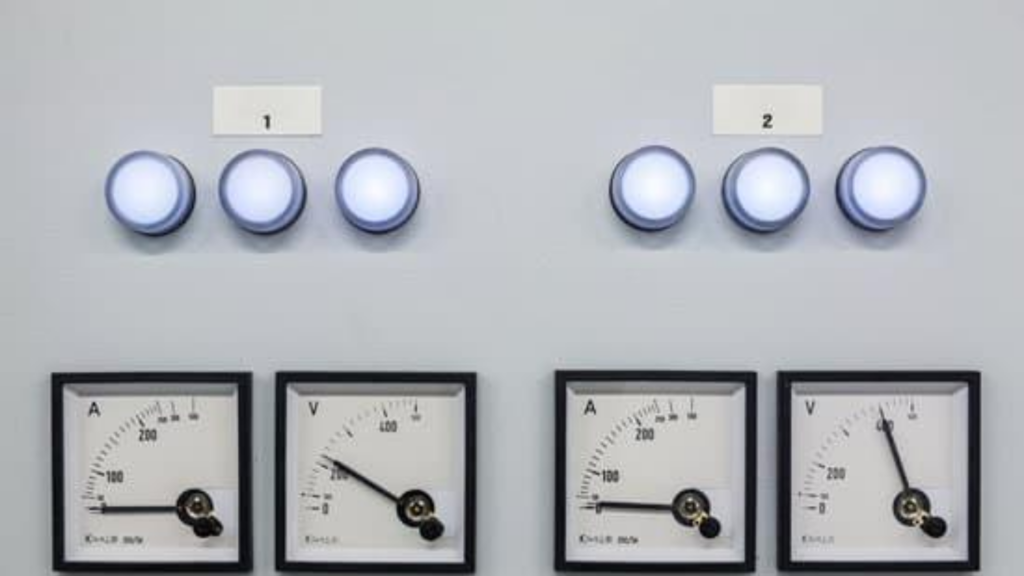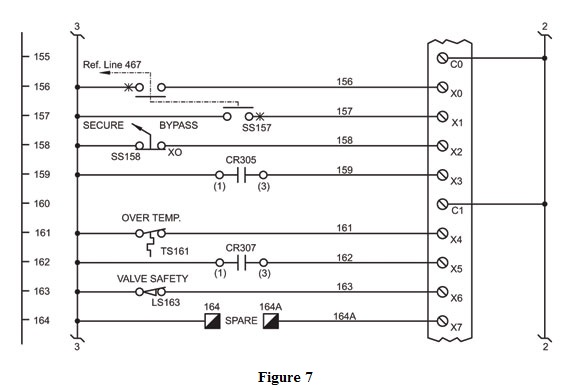

The outer façade of the BIPV-DSF provides protection against the outdoor environments and the ventilation in the air cavity is driven by the stack effect through the ventilation openings to cool the indoor area down in summer, while the openings are closed to reduce heat loss in winter, hence delivers a comfortable indoor thermal condition. However, a semi-transparent PV panel serves as the external window glazing on the outer facade of the BIPV-DSF, while the window of the inner façade is composed of a normal glazing unit. As shown in Figure 1, the BIPV-DSF is analogous to a typical DSF, which consists of an outer façade, an inner façade and an air cavity between the two facades and there are ventilation openings within the BIPV-DSF. Therefore, it is worth understanding the behaviour of this novel integrated system – BIPV-DSF. TRNSYS has been validated and widely used in both the BIPV and building related research activities, which are capable in analysing the effects of BIPV-DSF on building performance such as energy consumption and indoor thermal condition.Įither building-integrated photovoltaic (BIPV) or double-skin façades (DSF) is widely adopted in buildings however, few studies or real applications of the hybrid mechanism of BIPV and DSF have been implemented in either academic or industrial settings.


This chapter spells out a comprehensive method of numerical simulation modelling of the novel BIPV-DSF system in buildings, which is carried out by using a graphically based design tool – TRNSYS and its plugins. Numerical simulation is a cost and time effective measure for the design and analysis of buildings. Thus, the investigations of the BIPV-DSF are worthwhile. However, the prototype of the BIPV-DSF has not been well explored. It is hypothesised that the integration of BIPV and DSF (BIPV-DSF) would help buildings in reducing energy consumption and improving indoor thermal comfort concurrently. Double-skin façade (DSF) has attracted significant attention over the last three decades due to its bi-layer structure, which improves thermal and acoustic insulation and therefore increases the energy efficiency and thermal comfort of buildings. Building-integrated photovoltaic (BIPV) replaces building envelope materials and provides electric power generator, which has aroused great interest for those in the fields of energy conservation and building design.


 0 kommentar(er)
0 kommentar(er)
